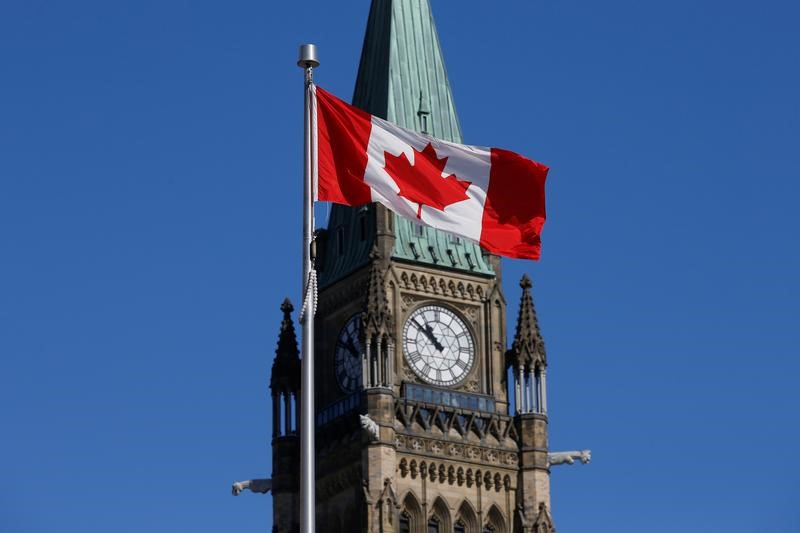By Ketki Saxena
Investing.com -- A draft framework released by the federal government today proposes regulation that will will cap emissions from the Canadian oil and gas sector and require those to drop by at least one-third by 2030.
The proposed regulation enforces a cap on emissions from Canada's oil and gas sector. This cap is designed to reduce emissions to 35-38% below the levels recorded in 2019.
Why is the Emissions Cap Being Introduced in Canada?
The oil and gas sector, while contributing 7.2% to Canada's nominal GDP, is also the largest emitter of national emissions at 28%, as per the latest National Inventory Report.
This cap is in order to mitigate the sector's environmental impact while aligning with Canada’s broader climate goals.
“All sectors of our economy need to reduce their emissions, and that includes oil and gas companies,” Environment Minister Stephen Guilbeault said on Thursday.
“The Government of Canada’s plan to cap and reduce emissions from Canada’s largest emitting sector is ambitious, but practical. It considers the global demand for oil and gas—and the importance of the sector in Canada’s economy—and sets a limit that is strict, but achievable.”
Natural Resources Minister Jonathan Wilkinson commented, “We are moving forward on our commitment to introduce an ambitious and achievable pollution cap on oil and gas sector emissions. The pollution cap will ensure Canada’s oil and gas sector does its part to reduce emissions and it will enhance the sector’s competitiveness in the rapidly decarbonizing global economy.”
What Entities and Activities Will be Covered?
The focus is on upstream oil and gas sectors—encompassing exploration, drilling, extraction, and liquefied natural gas (LNG) facilities.
The regulation encompasses various activities, including bitumen and crude oil production, oil sands surface mining, bitumen upgrading, and natural gas and LNG production and processing.
The Mechanism: Cap-and-Trade
The cap-and-trade model forms the backbone of this policy. Under this system, a regulatory body will allocate allowances, setting permissible emission limits for regulated entities.
Compliance Options for Exceeding the Cap
Facilities exceeding the cap have two avenues for compliance:
-
Acquiring offset credits from Canada's Greenhouse Gas Offset Credit System or provincial systems, representing emission-reducing projects.
-
Contributing to a decarbonization fund, which reinvests in further emission reduction initiatives.
Implementation Timeline
Post-consultation, the government will engage in public dialogues during the winter, aiming to publish the proposed regulations by mid-2024. The public consultation period spans 60 days, offering a platform for societal engagement.
Entities must register by the end of 2025, preceding the regulation's activation on January 1, 2026.
The final regulations are anticipated to be in place by 2025, activating in 2026.
The implementation timeline is staged, commencing in 2026 and culminating in 2030. This gradual approach allows for a strategic transition, minimizing potential economic disruptions.
